Para-cycling 101
Greta Neimanas answers all the big questions
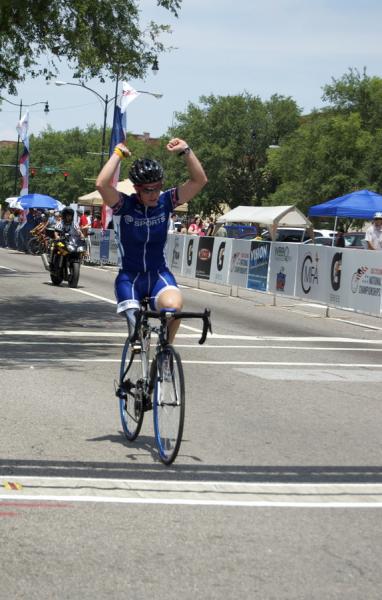
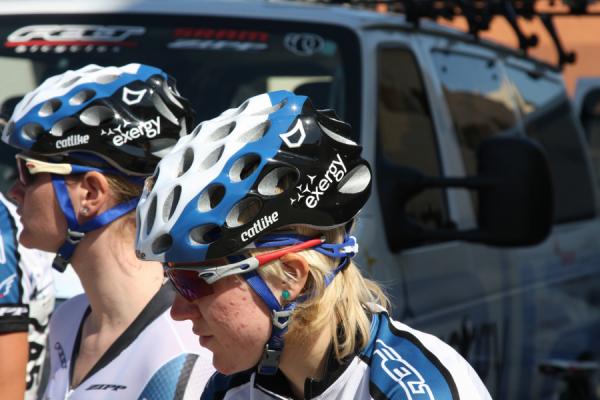
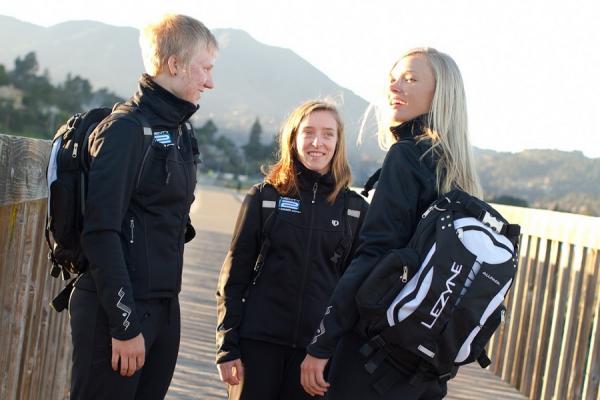
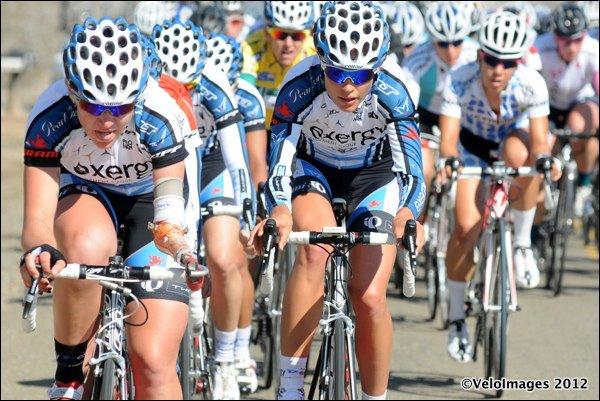
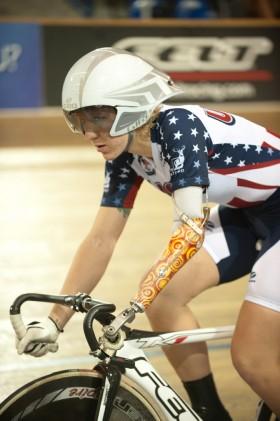
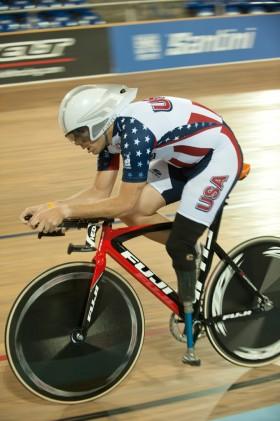
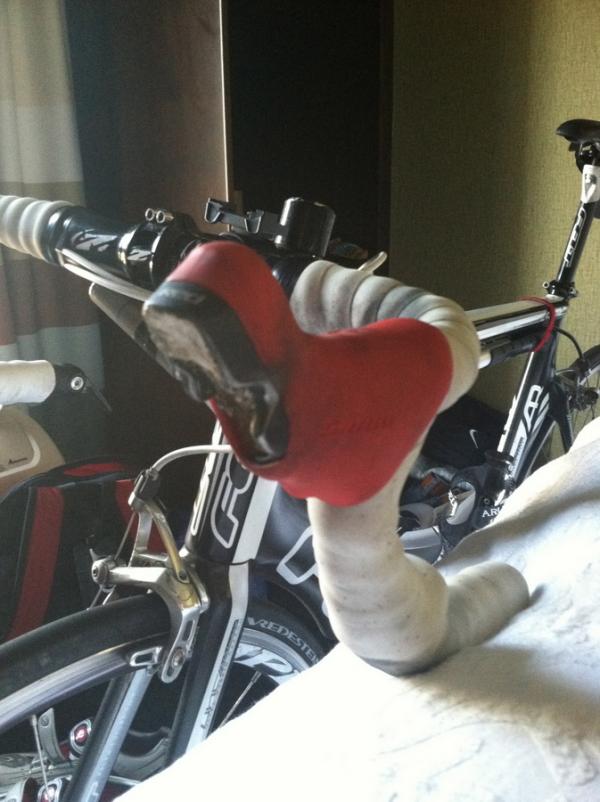
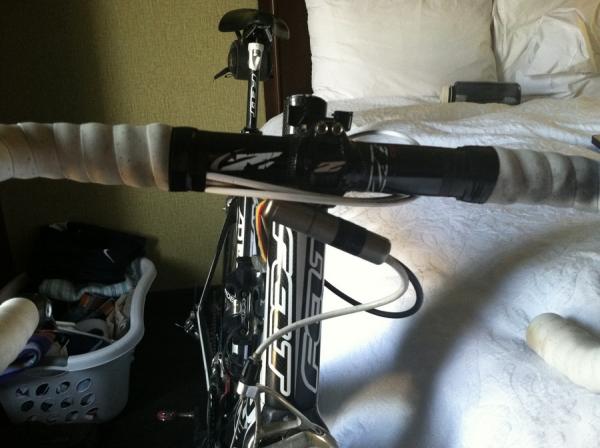
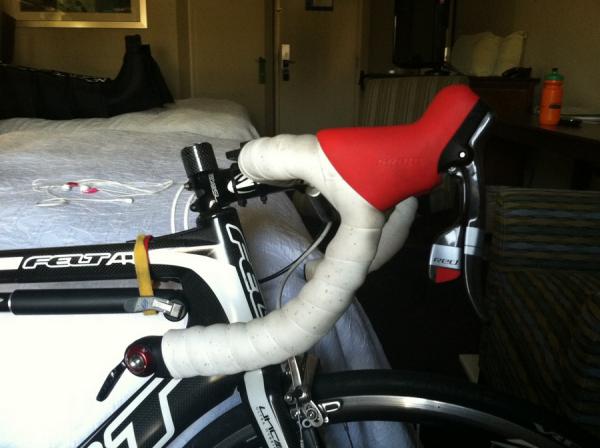
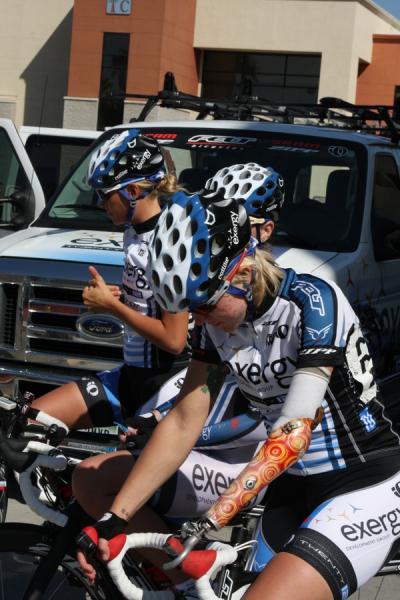
Last year, the blog about living a double life as a para-cyclist garnered a fair amount of interest. As such, para-cycling is a topic I'll continue to write about. And honestly, who else is going to do it?! In this blog, I'll actually address a few things that people seem to ask the most questions about- classification, the equipment - bikes, prosthetics etc.- and where para-cycling takes you as an athlete.
Classification:
One of the most common questions people ask is "So, what's the deal with all of those groups? Do you race against people in wheelchairs or without legs?" And the answer is "It depends."
There are four main categories that athletes are broken into - bicycles, for athletes that can pedal a standard bike, tandem bicycles, for blind and visually impaired athletes (the blind athletes ride on the back with an able-bodied pilot), handcycles, for athletes with severe lower extremity disability and/or quadriplegia that power the bike using their arms, and
trikes (tricycles), for athletes with severe balance impairment. Within those four groupings, there are varying degrees of impairment for the athletes.
For the sake of time, I'm just going to cover bicycles from here on out. The bikes are divided into five classifications depending on the severity of their disability. Think of these as weight classes. Like in wrestling, a 60kg athlete isn't going up against someone that's 100kg. Someone who is only missing a hand (like me) isn't going to race against someone who only pedals with one leg. Athletes can have anywhere from mild paralysis of a hand or a partial foot amputation, all the way to the other end of the spectrum, riding with one leg and one arm (or the medical equivalent).
Athletes go before an international panel of doctors to determine which class they belong in before they can compete. Athletes in the same classification compete against each other- just like weight classes.
Equipment:
The latest race content, interviews, features, reviews and expert buying guides, direct to your inbox!
"How do you shift? So, you only use one brake, then?"
Sometimes I want to answer "Telekinesis!" just to see the look on people's faces. Really though, cycling is an equipment intensive sport and is made better, or worse, depending on how you look at it, in para-cycling. We have all the bikes plus fake arms and legs!
More often than not, bikes will have some type of modification to account for the rider's disability. In my case, I have my shifting and braking set up on the right side of my bars. (This type of modification is the most common adaptation, determined by the rider's impaired side.) The front derailleur is operated by a TT shifter plugged into the drop on set of regular road bars. I do, in fact, operate both brakes and it's not on a hope and a prayer. A BMX part called a cable splitter allows me to run two brake cables to a single lever. That's it. Half the time people don't notice that my bike is any different. Riders with leg length discrepancies will use two different length cranks and riders with one leg will remove one crank entirely if not using it.
That's a question that I won't be able to answer until I retire. I've said it before, not many people know that we even exist so being in it for the fame and fortune is off the list. Like every other athlete, we want to go as far as we can get in the sport. If that means USAC cat. 4 or if that that means a gold medal at the Games, that's what it is. I'm so fortunate to be a part of Exergy TWENTY12 and have the support of a team, staff and the best equipment for my every need - Felt, Zipp, SRAM, Pearl Izumi, and Oakley are the best in the business and it shows. It's rare that a para athlete is in such a position with a professional team and for that, I'm grateful. Riding and racing is what I love to do and wherever it takes me is where it will get me. In the meantime, I think I'll just keep riding.
Greta Neimanas is a para-cyclist racing for Exergy TWENTY12 and the US Paralympic National team. When she was 16 years old, she entered an essay contest sponsored by US Paralympics with the topic of "What Ability Means to Me," and won a trip to the 2004 Paralympic Games in Athens. There, Neimanas watched cycling events and was inspired to take up competitive cycling. Shortly after being named to her first world championship team, Neimanas was invited to the Colorado Springs Olympic Training Center's resident athlete program where she lived and trained from 2007-2011. Specializing in time trials and the individual pursuit on the track, Neimanas made her Paralympic Games debut in Beijing in 2008 and is now a seven time national champion, thirteen time world championship medalist, and ParaPan Am Games gold medalist.
The Exergy/Twenty 12 riders will be contributing on a regular basis to Cyclingnews, although content will have a team emphasis, its my hope to create a hub for women cyclists fun stories, informative articles, health and wellness tips and the occasional peloton gossip column.
The Exergy/Twenty12 team: Kaitlin Antonneau, Kristin Armstrong, Theresa Cliff-Ryan, Jackie Crowell, Andrea Dvorak, Cari Higgins, Kristin McGrath, Greta Neimanas, Jessica Phillips, Coryn Rivera, Lauren Tamayo, Alison Tetrick Starnes and Tayler Wiles. International riders include Canadians Rhae Christie Shaw and Heather Logan-Sprenger along with Switzerland's Pascale Schnider.